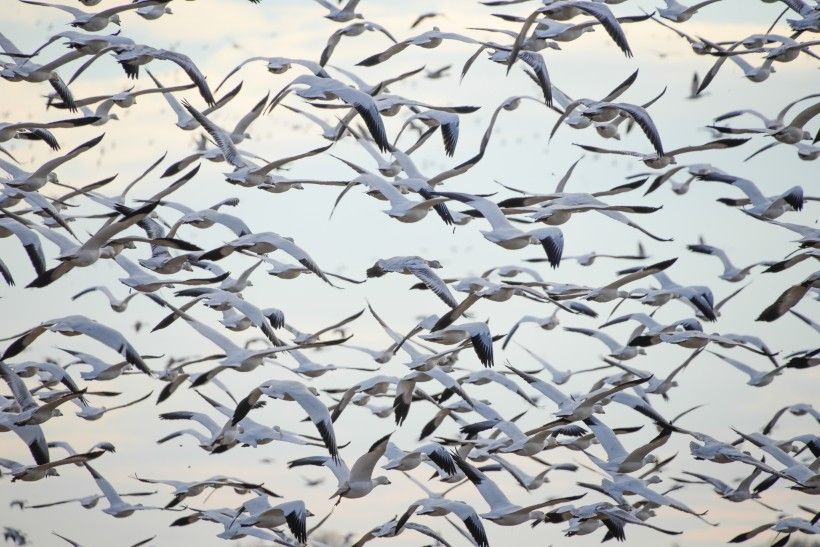
Birds have been migrating north in spring for eons—so why do they need our help now? Many migrants nest in our region and the ones that are just passing through need places to rest and refuel. Human activities have created threats to their survival. For example, essential habitat for stopovers and nesting has been lost to development. Climate change affects the timing of migration, causing birds to arrive before insects are abundant, so they don’t have enough to eat. Other anthropogenic hazards include improper pesticide use, light pollution and domestic cats.
Using the tips below, you can take positive action to mitigate our unintended impacts on birds and increase your opportunities to enjoy spring migrants around your home in the process.
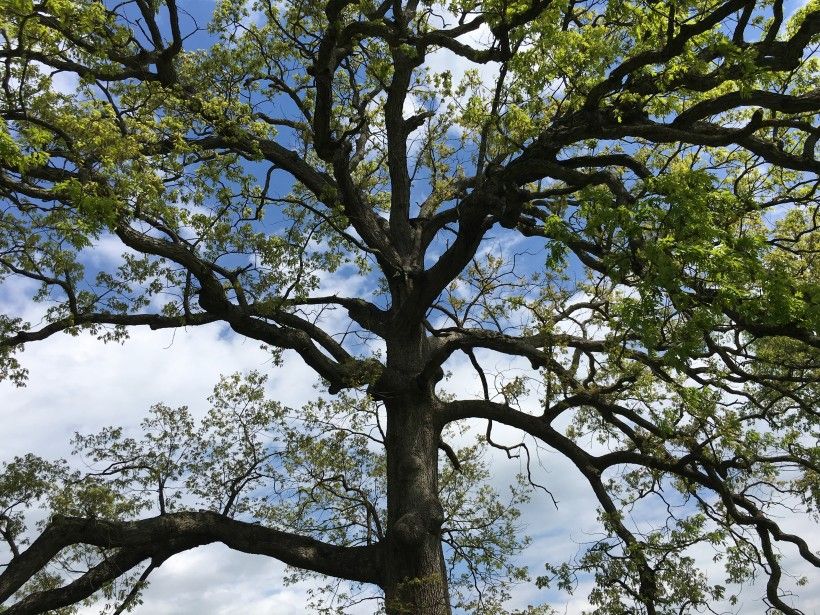
1. Plant native shrubs, trees and vines
Native woody plants provide cover from predators, nighttime roosts and nesting sites. They also host insects, caterpillars and spiders: essential food for spring-migrating birds. Lawns have no value for birds, and ornamental woody plants don’t support sufficient numbers of invertebrates. Use Brandywine's Native Garden Hub to select plants for your bird-friendly backyard. (And don’t forget to protect plants from hungry deer.)
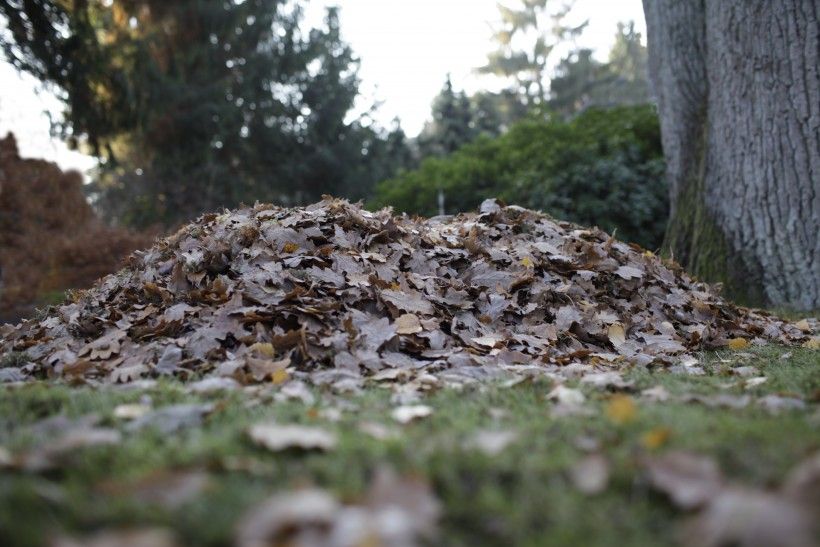
2. Leave a bit of a mess
That untidy corner of your yard is a migrating bird’s B&B. Keep a pile of leaves to decay over the winter—in spring, birds will find worms and insects to eat. The dead stems of last year’s flowers and grasses provide cover and seeds. Standing dead trees (if not dangerous) host wood-boring beetles and cavities for nesting or roosting.
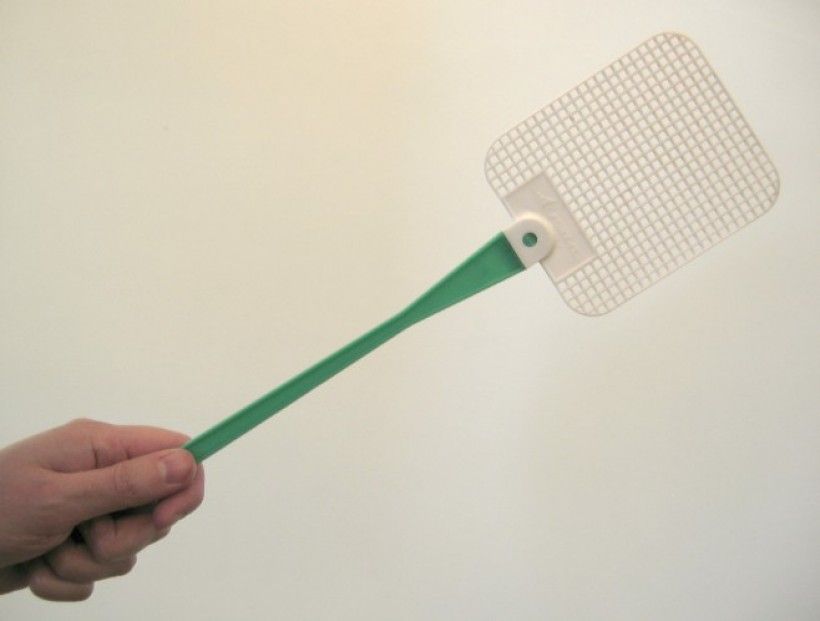
3. Minimize pesticides
Migrating birds eat insects. The indiscriminate use of pesticides in the yard or garden can eliminate these essential components of a birds’ diet. Practice Integrated Pest Management: use alternatives to pesticides whenever feasible, beginning with prevention of infestations. If pesticides are necessary, apply the minimum amount and confine to the target area.
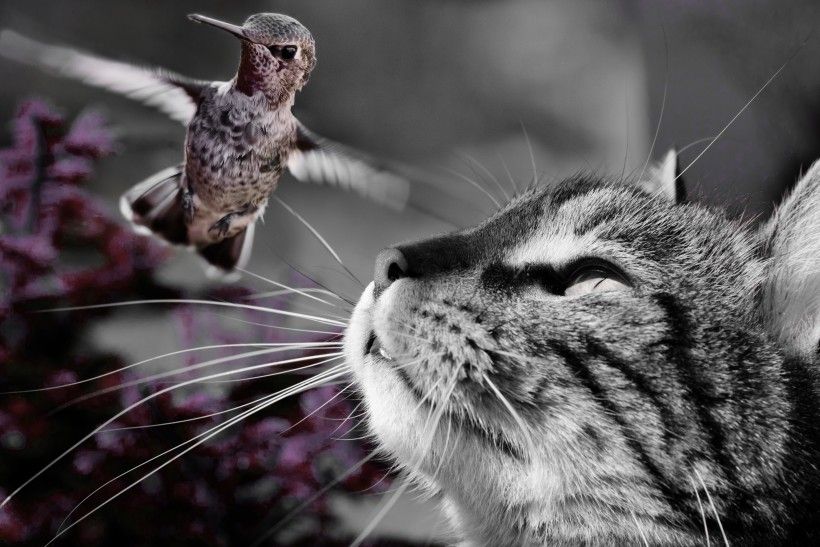
4. Keep cats away from birds
Cats are instinctive predators, even if they’re well-fed! In the United States, domestic cats hunt down and kill 2.4 billion birds every year. Even the mere presence of a cat stresses birds, affecting their health and their nesting success. Be a responsible pet owner: keep your cat indoors or in an enclosure well away from birds.

5. Use “good neigh-bird” lighting
Most birds migrate at night. Artificial lights can interfere with their ability to navigate using the moon and stars. To help birds, turn off all unnecessary outside lights; don’t leave them on all night. Where night lighting is necessary, use fixtures that direct light only where it’s needed. Proper lighting is more energy-efficient, so it costs less, too!